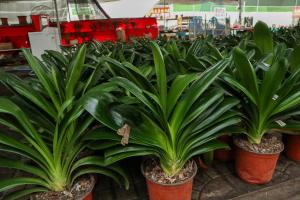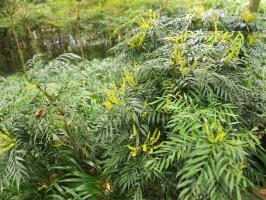What Structure is Common to Plant and Animal Cells
Introduction
All living organisms, including plants and animals, are composed of cells that perform various functions. Despite differences in their structures and functions, plant and animal cells share some similarities. One of the most crucial structures common to both cells is the cell membrane, which separates the internal environment from the external environment.
Cell membranes regulate the movement of substances into and out of cells, allowing cells to maintain a stable internal environment. In addition to the cell membrane, plant and animal cells share several other structures, including the nucleus, mitochondria, and ribosomes, which play vital roles in cellular function.
Cell Membrane
The cell membrane is a thin, flexible layer that surrounds cells, separating their internal contents from the external environment. It is made up of a lipid bilayer, which is a double layer of phospholipids. The hydrophilic heads of the phospholipids face outwards, while the hydrophobic tails face inward, forming a barrier that only allows specific substances to pass through.
The cell membrane is also embedded with proteins, which serve as channels or pumps, helping to move substances in and out of the cell. For instance, some proteins help transport glucose into the cell for energy production, while others help remove waste products out of the cell.
Nucleus
The nucleus is a structure common to both plant and animal cells, and it houses the cell's genetic material in the form of DNA. It is a large, membrane-bound organelle that contains the nucleolus, chromosomes, and chromatin.
The nucleus plays a vital role in cell division, DNA replication, and the synthesis of RNA, which is responsible for encoding the information needed to produce proteins. Additionally, the nucleus is responsible for coordinating cellular activities, such as metabolism, growth, and differentiation.
Mitochondria
Mitochondria are energy-producing organelles found in both plant and animal cells. They are responsible for generating ATP, which is the molecule used by the cell for energy.
Mitochondria have a unique structure; they have two membranes, an outer membrane, and an inner membrane. The inner membrane is highly folded, forming structures called cristae, which increase the surface area for ATP production. Mitochondria also contain their own DNA, which is separate from the cell's nucleus.
Ribosomes
Ribosomes are small, non-membrane-bound organelles that produce proteins in both plant and animal cells. They are composed of RNA and protein, and they are responsible for translating the genetic code in the mRNA into a specific sequence of amino acids.
Proteins are essential to the cell, and ribosomes play a vital role in their production. The ribosomes can be found floating in the cytoplasm or attached to the endoplasmic reticulum.
Conclusion
Plant and animal cells share many similarities, including some vital structures that are essential to their functions. The cell membrane acts as a barrier, regulating the movement of substances in and out of the cell, while the nucleus contains the cell's genetic material, and the mitochondria generate energy for the cell. Additionally, ribosomes are responsible for producing proteins. Understanding these structures and their functions can help us gain insights into how cells work and how we can regulate them for improved health outcomes.

 how many times do yo...
how many times do yo... how many planted tre...
how many planted tre... how many pine trees ...
how many pine trees ... how many pecan trees...
how many pecan trees... how many plants comp...
how many plants comp... how many plants can ...
how many plants can ... how many plants and ...
how many plants and ... how many pepper plan...
how many pepper plan...































